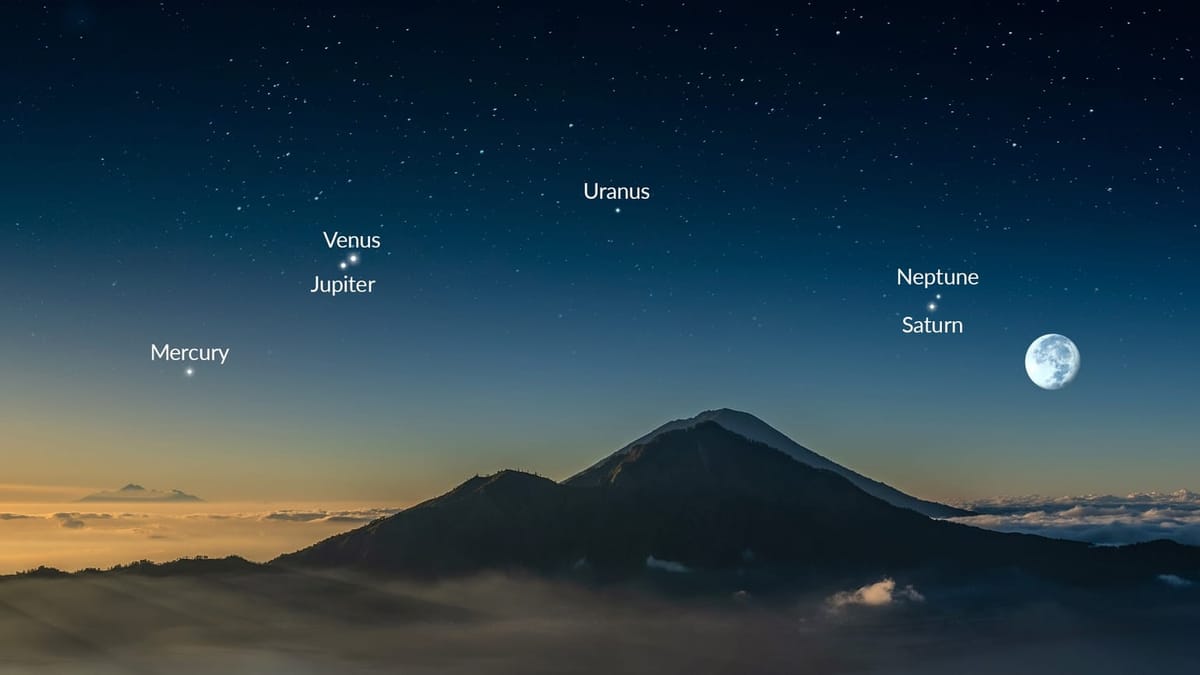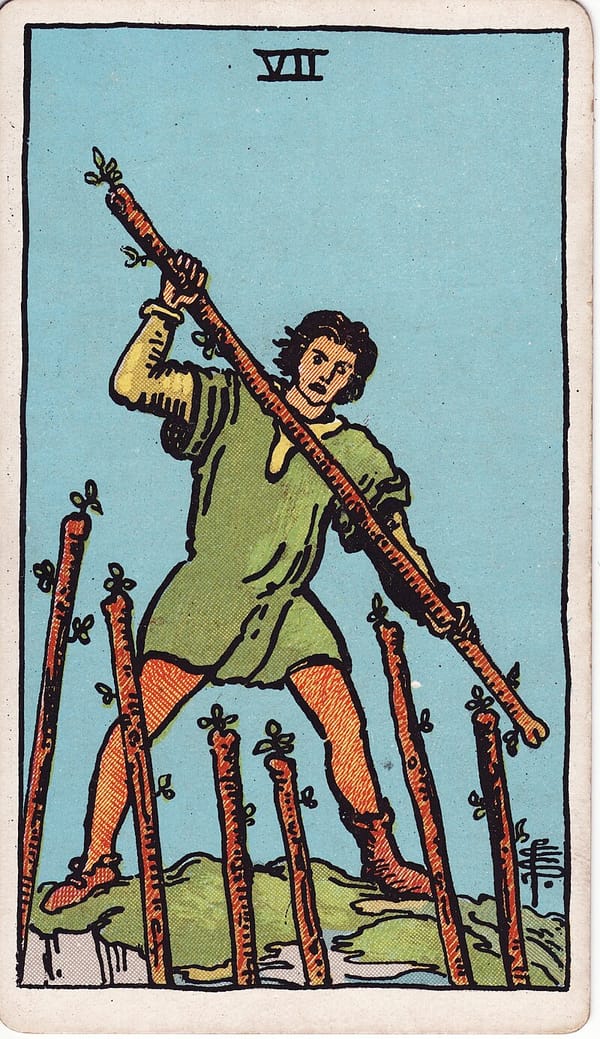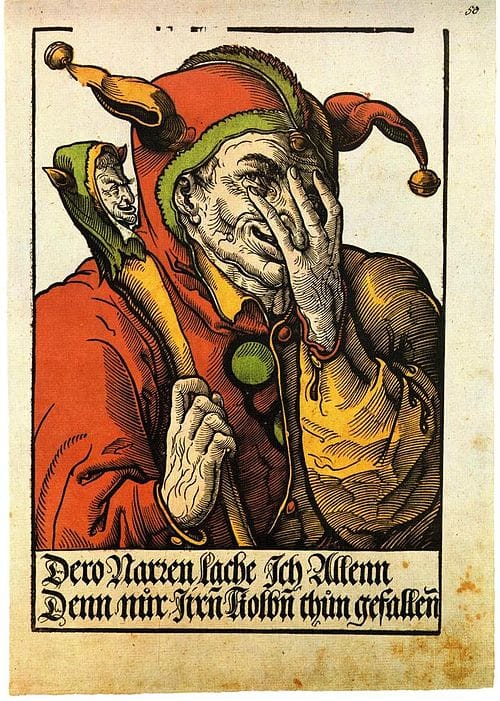Cosmic Hype Team

The Earth isn’t flat—but our solar system mostly is. The eight planets (nine, if you still count Pluto, demoted to dwarf planet status in 2006) travel along orbital paths around the Sun on roughly the same plane.
From August 17 through 20, six of those planets—Mercury, Venus, Jupiter, Uranus, Saturn, and Neptune—will join the Moon in a striking formation. All will be positioned on the same side of the Sun as Earth, appearing above the eastern horizon shortly before dawn. Uranus and Neptune will require a telescope, but the others will be visible to the naked eye. (Mars will be missing from this pre-dawn gathering—it’s currently on the far side of the Sun.)
This “planet parade,” when multiple planets line up visibly in the sky, is rare; it won’t happen again with this same group until February 28, 2026, when they’ll appear in the evening sky.
A Cosmic Stage
For millennia, humans have seen the planets as actors on a cosmic stage, influencing life on Earth. Over 4,000 years ago, in what is now Iraq, the Babylonians mapped the planets against the constellations forming the twelve signs of the zodiac, creating what we now call zodiacal charts—planetary positions for a specific time and place, such as a birth. This knowledge traveled west to the Greeks, shaping much of the astrology still practiced today. The word planet comes from the Greek planētēs, meaning “wanderer,” a nod to the way these bodies drift against the fixed backdrop of the stars. (In parallel, Vedic astrology—or Jyotish—developed in ancient India from Vedic texts dating to around 1500 BCE.)
From Inner Parts to External Archetypes
It’s 2025, and it’s easy to forget we are passengers on a rock circling the Sun—with 4.5 billion years on the odometer. More than eight billion of us share this ride—connected in some ways more than ever (AI bunnies on a trampoline, anyone?) and, in others, less.
In psychotherapy, one approach to healing trauma is Internal Family Systems (IFS), developed by Richard Schwartz. In No Bad Parts, Schwartz describes “parts” as inner beings that try to keep us safe, often taking on roles such as “exiles,” “managers,” or “firefighters” to cope with stress. Healing comes when the integrated Self acknowledges and works consciously with these parts.
What if our solar system worked the same way—a kind of External Family System? In this vision, Earth is the Self, and the Sun, Moon, and planets are archetypal “parts” that influence us. The Babylonians and Greeks personified these celestial bodies as gods, giving them attributes still familiar today: Mercury the Messenger, Venus the Lover, Mars the Warrior, Jupiter the Expander, Uranus the Disruptor, Saturn the Enforcer, Neptune the Dreamer, Pluto the Transformer.
Reclaiming the Connection
Perhaps this planet parade is an invitation to remember these ancient associations and reconnect with a shared sense of Self. The alignment feels like a harmonic moment—planetary archetypes standing in visible solidarity, their elder wisdom more available to us—a galactic hype team of sorts.
We might also picture them as musical notes on a cosmic staff, an image Pythagoras invoked 2,500 years ago when he ascribed a note to each celestial body, with the intervals representing the distances between them. Aristotle reflected on this in On the Heavens (350 BCE), wondering whether the vast motions of such bodies could produce a “sound immensely great.”
So—what music is our hype team playing now? And how might it help us heal, both individually and collectively?



